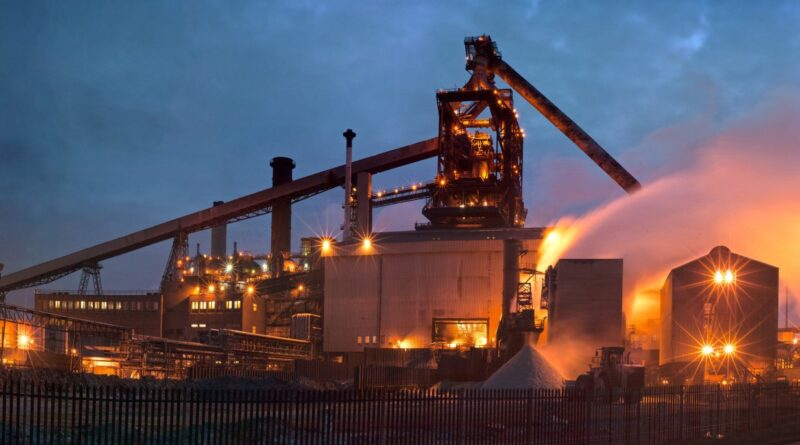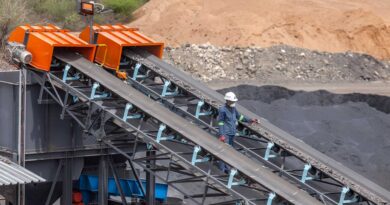Retire blast furnaces or run them (low-)carbon efficient?
Through advancements in technology and process control, a modern blast furnace can operate continuously for at least half a century, undergoing a number of major overhauls or ‘relines’ every 15-20 years to maintain an efficient operation, says BHP.
Faced with a choice between retiring a blast furnace early to switch to more carbon-efficient technology or extracting a normal lifetime from the existing facility via periodic relining, the industry is strongly incentivised to choose the latter under current policy parameters.
The arithmetic is clear. The capital cost for a typical 4.0 Mt per annum integrated steelmaking facility is in the order of US$4 billion. That compares to the relatively modest cost of relining a blast furnace, which we estimate are between US$50 million and US$200 million, depending on the jurisdiction.
For regions with a young blast furnace fleet such as China or India, we see these steel producers running their furnaces for another 30-40 years. For North America, where the average blast furnace age is approaching 50 years (i.e. some will be considerably older), a decision to move away from the integrated steelmaking process at scale is likely to come considerably sooner.
That said, we are observing customers in developed regions such as Europe investing in technologies to extend the life of their blast furnace assets by further optimising their carbon efficiency.
The availability of large amounts of zero or very low carbon hydrogen is a key building block of many plausible pathways to the achievement of the green end state blast furnace ironmaking.
Today, almost all hydrogen is produced through the chemical reforming of natural gas or gasification of coal, both relatively cheap (~$1/kg or $7.50/MMBtu) and carbon-intensive (the unabated gas variety is twice as carbon intensive as just burning the natural gas itself). There are two viable alternatives to bring down emissions:
- Blue hydrogen: using coal or natural gas, but adding CCS to abate ~90% of emissions. Costs today are ~$2.3/kg.
- Green hydrogen: Producing hydrogen via electrolysis of water coupled with zero carbon electricity, which today can be produced at $2.5-6.8/kg depending on geography and electrolyser technology.
Both face an uphill battle. Option 1 must cope with the storage and infrastructure difficulties mentioned in the CCS section above, in addition to concerns around methane leakage and natural gas feedstock availability.
Option 2 has gained significant attention in the European Union and among deep decarbonisation proponents. There is some encouragement here in that electrolyser learning rates, or the cost reduction experienced for every doubling of capacity, have improved to just under 20%–roughly on par with onshore wind (but still below solar panels, which have sustained a > 20% learning rate since the 1970s.
However, electrolyser capex is just one challenge. Electricity and water costs make up between 50% and 85% of the cost of producing hydrogen and therefore green hydrogen’s competitiveness will depend on the ability to produce massive amounts of low cost renewable power that enable high utilisation rates.
Even if electrolyser costs were to fall by 50% from the cheapest available on the market today, and even if you can get your electrolyser running at 50% utilisation (keep in mind, the average capacity factor for a solar plant today is ~20%), you’d still need to see power prices fall to $10/MWh (~60% lower than today’s lowest cost wind and solar) to get below the $1/kg mark.
And if that electrolyser is only taking advantage of excess solar or wind and therefore running at lower utilisation, your electricity costs will need to fall even lower. Adding to the costs will be the additional transport and storage needs, with many of the world’s most valuable solar and wind resources located in remote geographies far from steel demand centres.
A combination of higher carbon levies, continued renewables power cost reductions, and improvements in renewables capacity factors from energy storage and demand response could all help to close the gap. However, on economics alone, it’s clear that the challenges are considerable and will take a considerable period of time to surmount.




